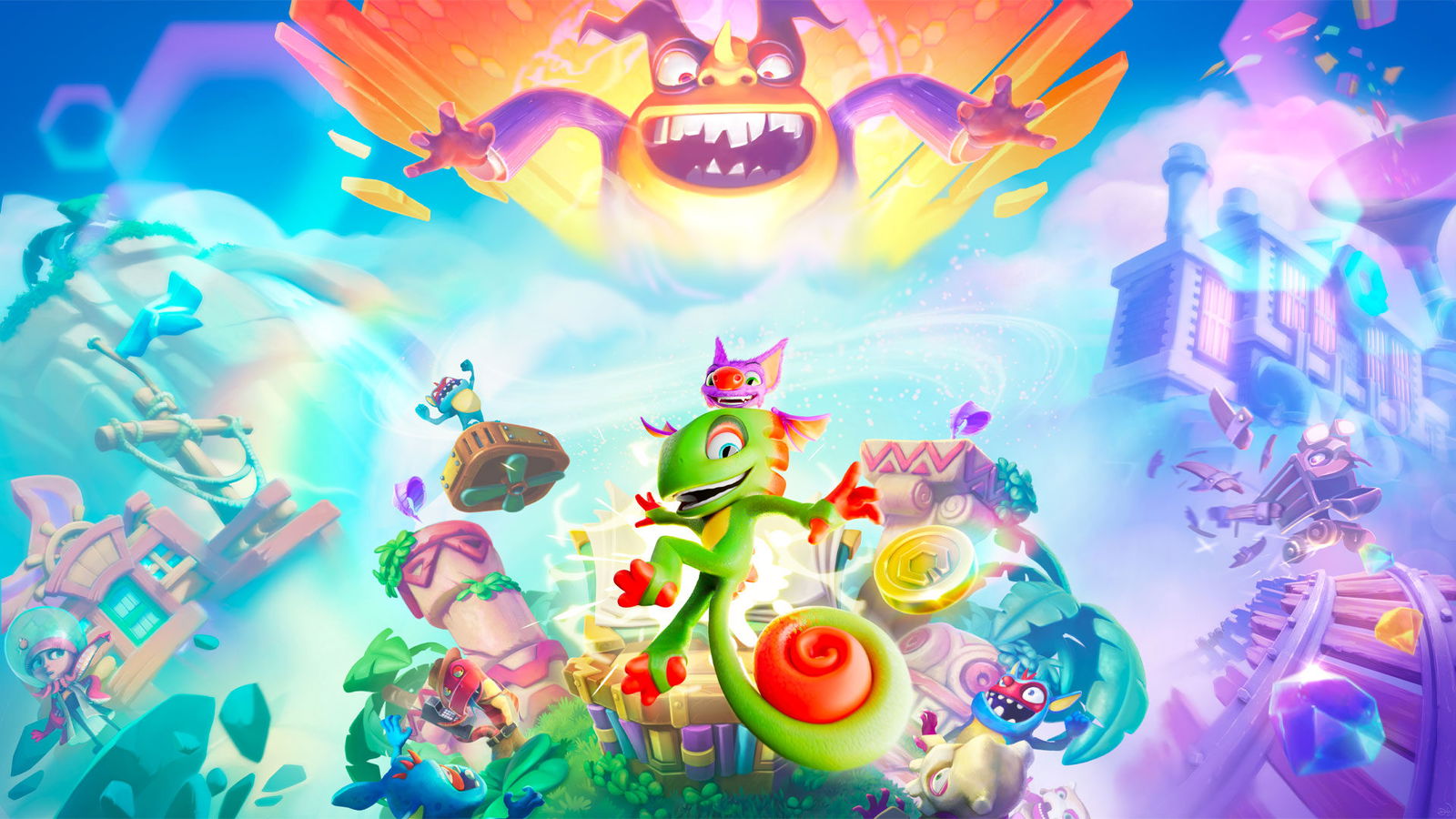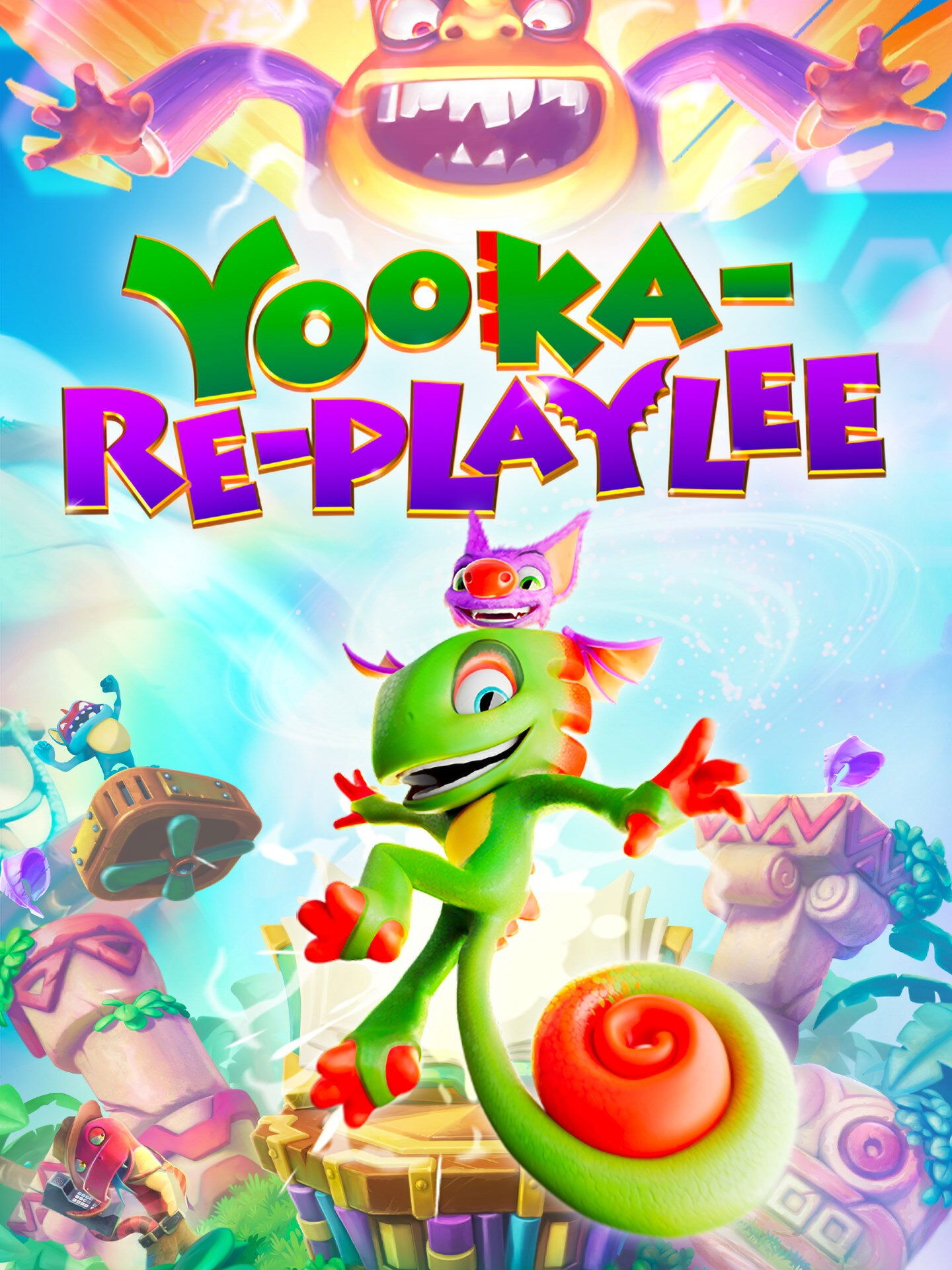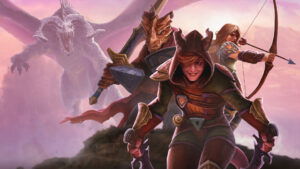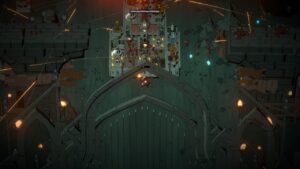I was fairly surprised to see Yooka-Replaylee because I honestly didn’t think it was something anyone wanted. Despite what some storefronts might suggest, Yooka-Laylee wasn’t particularly well-received when it launched back in 2017—sitting at an average of 68 on Metacritic. What’s even weirder is that Playtonic seemed to have found its footing with the characters in the actually beloved Yooka Laylee and the Impossible Lair, so why they would dip back into this poisoned well is beyond me.
I genuinely wanted to believe in Yooka-Replaylee because I really wanted to believe in Yooka Laylee. The style of old-school Rare collectathon games is a bit of a lost art, and I really wanted to see a studio of former Rare developers bring it back to the mainstream. But after playing both the original Yooka Laylee and this updated re-release, I think we just need to conclude—it’s simply not a very good game.
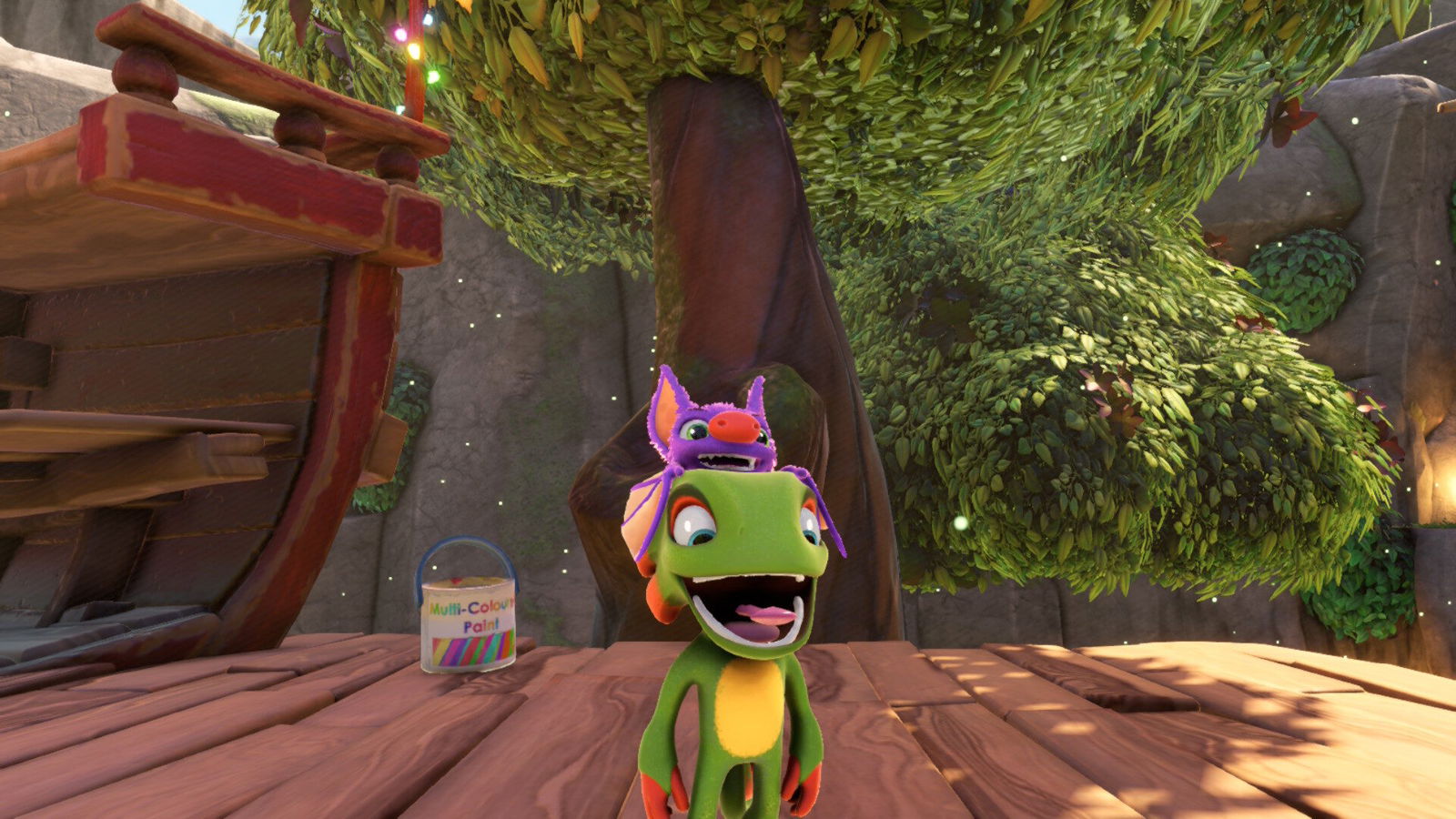
In order to see if Playtonic really did the required work to fix Yooka-Laylee, one of the first things I did was inspect Yooka’s tongue-grab animation. Imagine my disappointment when I saw he still had two tongues: the one built into his model, and the one that comes out of his mouth for the animation. I began to doubt myself—was this a joke? Was it on purpose? Do chameleons have two tongues? Suffice it to say, things were off to a bad start.
Credit where it’s due, though: Playtonic did put in a decent amount of work to make Yooka-Replaylee a more approachable game. There’s been a significant amount of retooling to both the story and the gameplay that actually makes the experience a bit more functional. They clearly tried to make the game more accessible, and I can’t fault them for that. However, somewhat ironically, this retooling does more to highlight the original’s flaws than its strengths.
For starters, there’s the story. Whereas Yooka-Laylee began in medias res, with the two characters casually mentioning that they were adventurers or treasure hunters, Yooka-Replaylee opens with a more robust introduction. It actually describes who the two are, placing more emphasis on their treasure-hunting exploits and how they came to their current land. Furthermore, there’s a newly introduced character or MacGuffin known as the One Book, in which everything written becomes the truth.
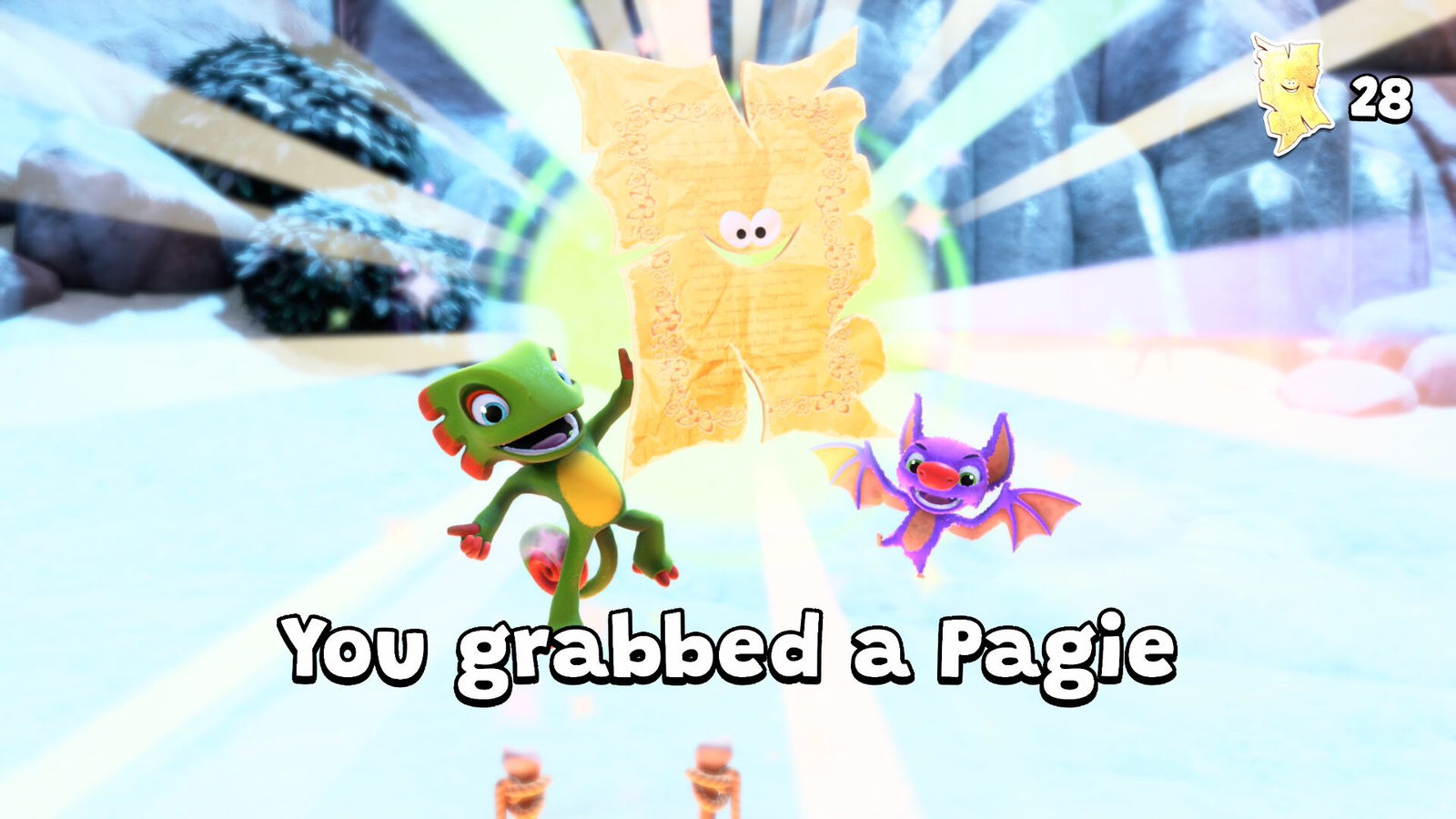
The villain of Yooka-Laylee, Capital B, wants to steal the One Book so he can make all his capitalist dreams come true. When it turns out his minions have failed in this exploit, his sidekick, Dr. Quack, activates a machine that will steal all the books from across the land. Before being sucked up, the One Book scatters its Pagies throughout several book worlds inside Capital B’s lair.
The expanded story now adds a degree of video game logic to the proceedings. New areas must be accessed through gates that require a certain number of Pagies, whereas the original game simply had the books themselves requiring Pagies for access. Dr. Quack apparently set up these gates as a way of forcing Yooka and Laylee to gather the Pagies for him—the classic “let the heroes bring me the MacGuffins” plotline.
“By giving players access to every ability at the start of the game, Playtonic essentially shot Yooka-Replaylee’s core gameplay in the foot.”
But for some reason, Capital B is still actively trying to stop Yooka and Laylee, saying something like “well, we can’t make things too easy for them.” And I just found myself wondering, “Why?” Why would you go set up a system where the heroes are doing the thing you want, but then actively go out of your way to hinder them? And there’s no humorous bad guy logic that calls out the hypocrisy of this. It felt very much to me like a case of oversimplification causing unnecessary complication.
But it’s the gameplay that suffers the most from Yooka-Replalyee’s redesign. At the start of the game—connected to the introduction of the One Book—players are given ALL of the abilities that were previously locked behind collectables in the original game. Right away, I was genuinely confused by this because gradually gaining new abilities is part and parcel to the Collectathon style of gameplay.
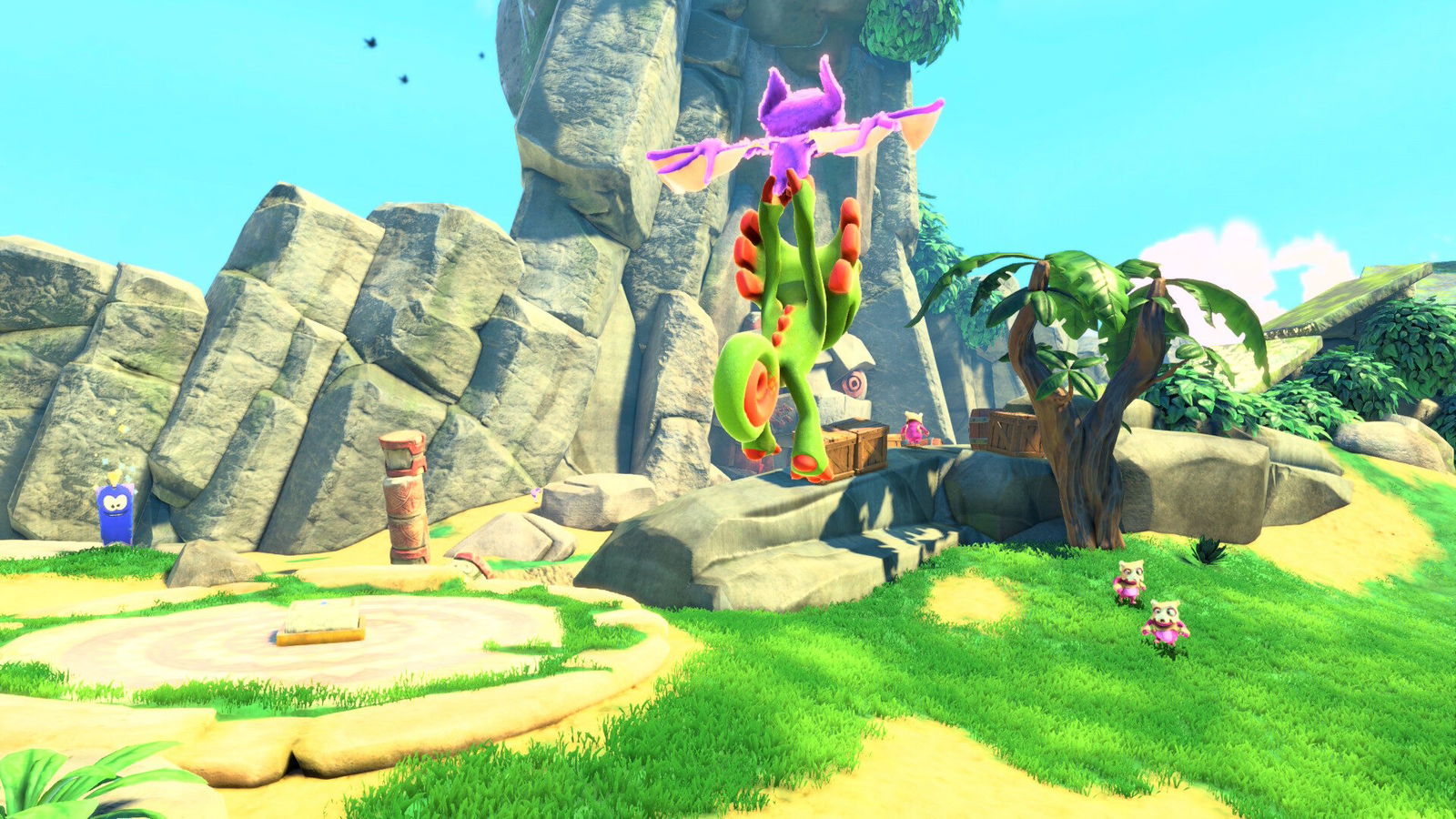
Not only that, it doesn’t address the real issues players had with Yooka-Laylee’s original execution of its abilities. Not having access to seemingly basic movement functions like the glide or roll was a particular frustration, but it was even more aggravating how rigidly these basic features were tied to a stamina bar that limited their usability. By giving players access to every ability at the start of the game, Playtonic essentially shot Yooka-Replaylee’s core gameplay in the foot.
Exploration of these worlds is functionally meaningless because there’s no sense of progression or excitement in spotting an area you can’t yet access and later gaining the means to reach it. Collectibles are largely worthless, as they’ve been repurposed as currency for “power-ups” that don’t meaningfully add to the experience. In the original, players used Quills to gain abilities; now, they can use them for costumes. I suppose it’s something, but not much.
There’s also a new currency, Q.U.I.D.S., which can be used to purchase Tonics from the living vending machine, Vendi. However, these too add little to the experience. In some cases, they seem to exist only to reintroduce challenge through tonics that limit abilities, increase enemy health or reduce player life to a single hit.
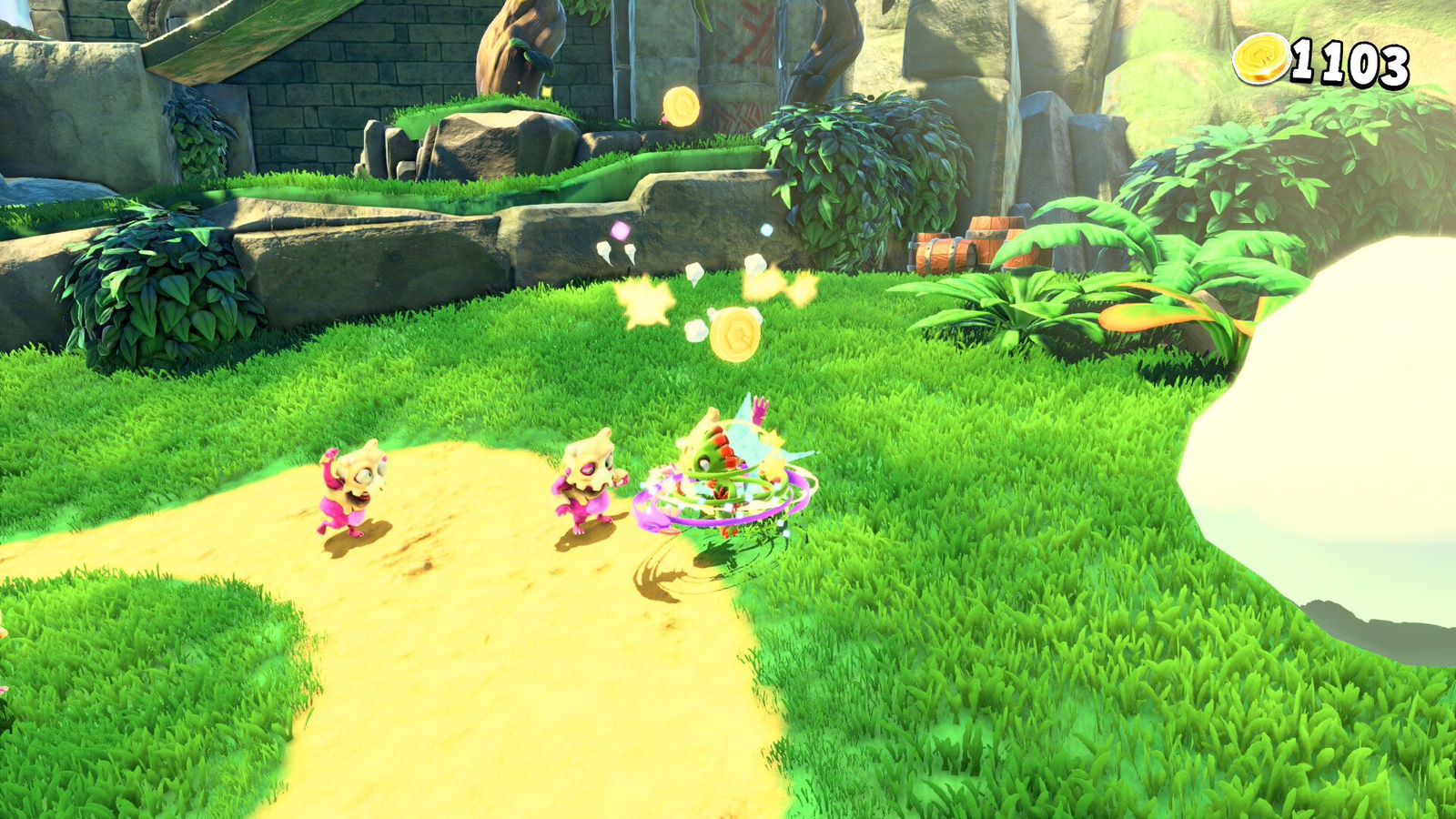
And it’s not like Yooka-Laylee or this modern redesign had particularly interesting levels, or fluid, flexible movement that made jumping around these big sandboxes particularly fun. The only way I can adequately describe how Yooka controls is: it feels like he’s in a Unity game. Platforming can be incredibly annoying since he can’t grab ledges, and it never feels as precise as something like Super Mario Odyssey.
“Yooka-Replaylee is a fine little glow-up, but it can’t wallpaper over the foundational problems the original had.”
There’s no way to sequence break or find little shortcuts, and it just becomes so painfully boring as you run around doing the same handful of repeated challenges, collecting things for collection’s sake. It ends up feeling like the Sonic Frontiers of Collectathon games—a bunch of obstacles, thrown into a world without a lot of thought as to how players could approach it. It completely misses the point of why Collectathon games were engaging.
And despite being released specifically on the Nintendo Switch 2—eschewing the previous console—it doesn’t really take advantage of the hardware in any meaningful way. For one thing, this game has longer load times than the Switch 2 version of The Legend of Zelda: Tears of the Kingdom—averaging around 25-30 seconds from when you press “Load Game” to when you’re actually playing.
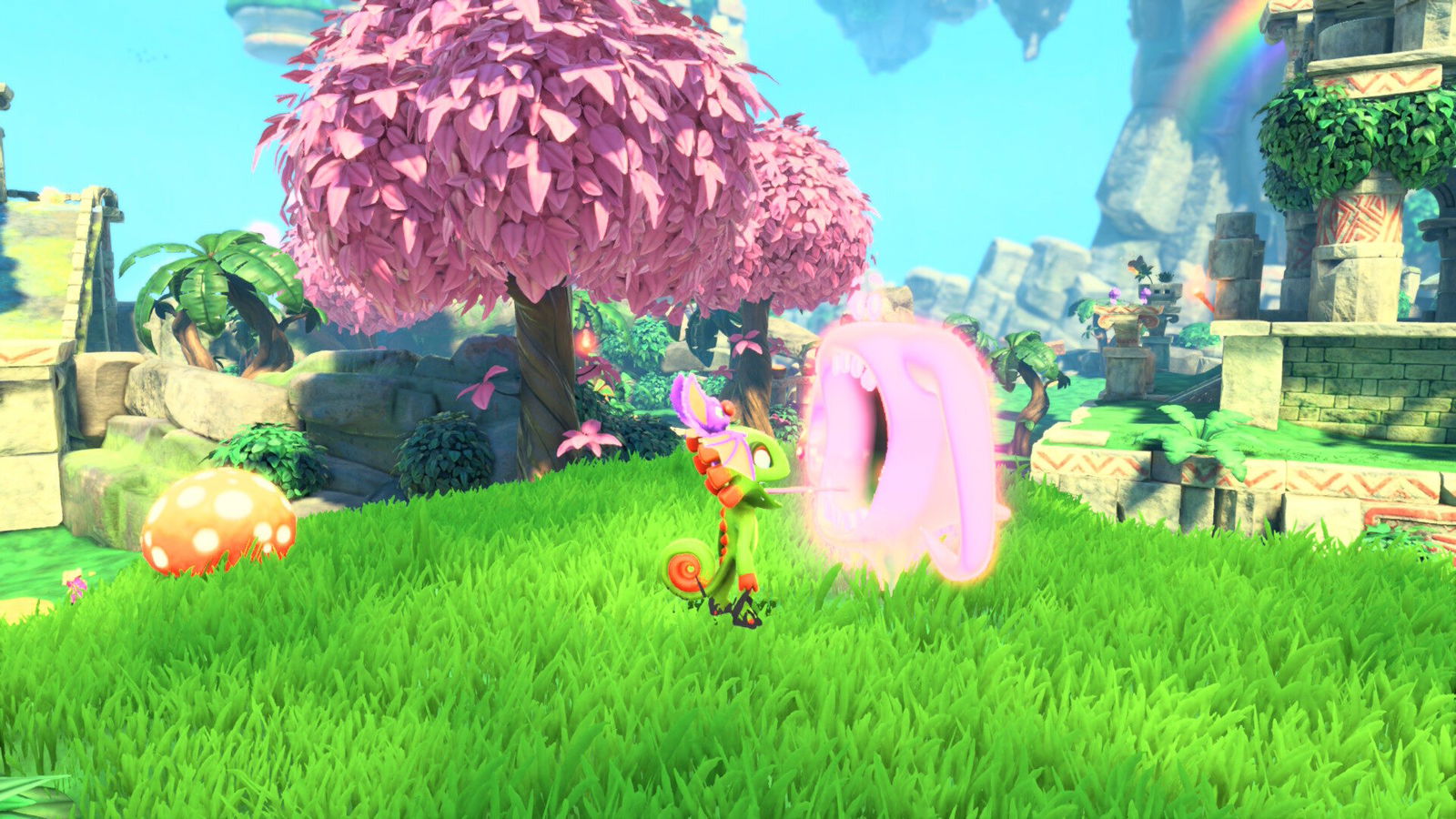
And it doesn’t really look noticeably better than its predecessor. Despite its somewhat uninteresting levels, Yooka Laylee did make use of a lot of bright and colourful environments that really took advantage of what Unity is capable of visually. By contrast, Yooka-Replaylee looks fine, but it doesn’t really address the game’s fundamental visual problems.
Yooka’s animations, particularly for his elemental abilities, are still woefully underwhelming—with his head just barely moving and made more pathetic by his static, stationary body. Levels still lack distinct landmarks and can become both confusing and unexciting to explore. And both Yooka and Laylee are just not very dynamic characters, in contrast to characters like Banjo and Kazooie, or even the DK crew.
Yooka-Replaylee is a fine little glow-up, but it can’t wallpaper over the foundational problems the original had. In its attempt to fix the issues players had, it reduces itself to an amorphous pile of mush that is not really bad, but completely unremarkable—especially in the wake of something like Donkey Kong Bananza. If you didn’t love Yooka Laylee, I sincerely doubt this will change your opinion.
